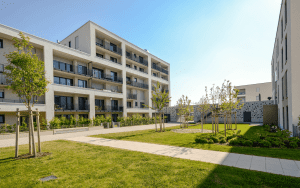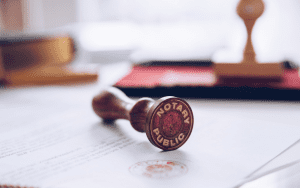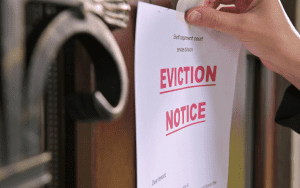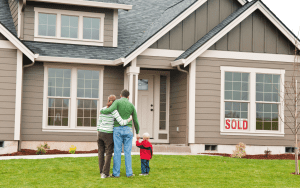Finding the right home is not only about finding an architectural structure that meets your requirements (three bedrooms, sun in the afternoon, a yard for the dogs, access control for the kids, etc.). The search is as much about finding a community you want to become a part of. For many residents, the community that surrounds them is governed by an entity known as a homeowners’ association (HOA).
HOAs are created in full title or freehold housing establishments and are, at their core, responsible for the wellbeing of a residential area and the community that exists within its boundaries. An HOA will fall into one of two categories: a non-profit company or a common law association. When registered as a non-profit company, the HOA will be governed by the Companies Act and must appoint directors to manage its affairs. A common law association, on the other hand, is created informally and offers more leniency in its management, which is overseen by trustees instead of directors. While the formation of a common law association is indeed simpler, is does lack the security, accountability, and clout found in a registered non-profit company.
The responsibilities of the HOA include ensuring the upkeep of infrastructure and the creation of rules that ensure a harmonious living environment. The main purpose of these rules are to create a community that values the lifestyles and aesthetic preferences of the homeowners that reside within it and to create a sense of harmony. It is important for interested homeowners to familiarise themselves with the restrictions of the Memorandum of Incorporation (MOI) to ensure that they are comfortable with adhering to rules.
The rules created by the HOA are contained in its MOI, which should be made available to all new homeowners who move into the area. The rules of an HOA can include items such as quiet hours and regulate parking on sidewalks but can also include items that promote uniformity, such as what colour the exterior of a property may be painted and what flora may be planted in publicly visible areas.
When moving into a residential area run by an HOA, homeowners are required to become members of the HOA and will usually be required to pay an HOA fee. These fees primarily go towards the upkeep of the community’s infrastructure, including the maintenance of lawns and common areas, such as play areas and parks.
An aspect that is often overlooked when considering the scope of the HOA’s role, is the promotion of community building. Community activities and social events, such as yoga classes, book clubs, and even the classic braai, should be arranged by HOAs to bring the community together. HOAs can also promote activities such as recycling and encourage more environmentally conscious behaviour.
It’s clear that homeowners’ associations can play a vital role in the creation and wellbeing of communities when approached correctly. If you want to learn more about the creation of a homeowners’ association or have questions regarding the one you are a member of, get in touch with one of our professional property practitioners to assist you.
This article is a general information sheet and should not be used or relied on as legal or other professional advice. No liability can be accepted for any errors or omissions nor for any loss or damage arising from reliance upon any information herein. Always contact your legal adviser for specific and detailed advice. Errors and omissions excepted (E&OE)
















